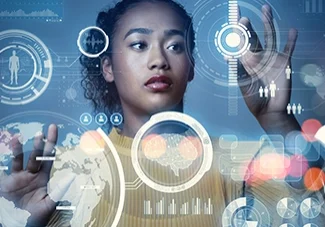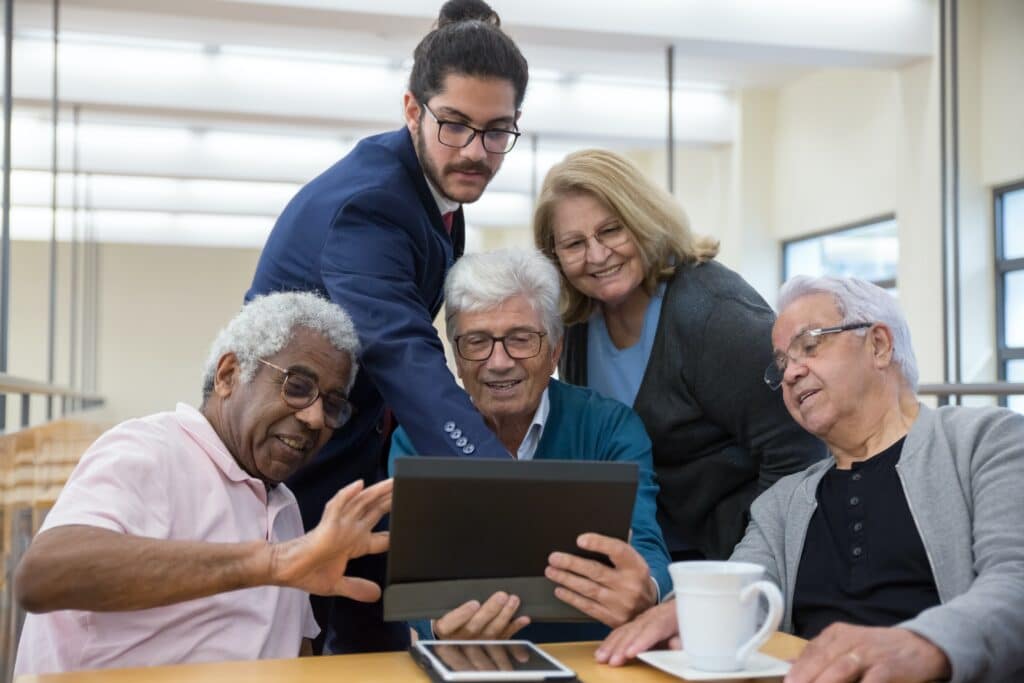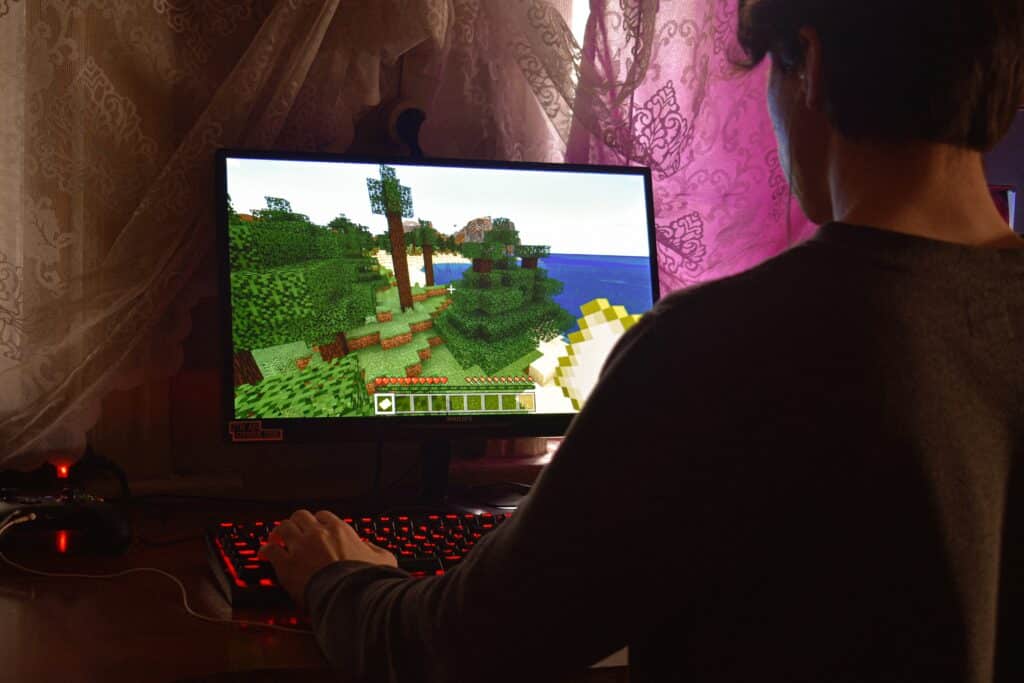Some Magical Predictions about the Future of Education
Updated: July 13, 2023
Published: August 11, 2017

Education Past, Present, and Future
Education has evolved a lot since the first public school was opened in Boston, Massachusetts, in 1635. The main purpose of public education back then was to teach core religious values – church, family, community – and basic reading skills in order to read the Bible.
The future of education is an exciting prospect if you consider how far we have come in a relatively short period and where we are headed! The earliest organized learning took place in one-room schoolhouses with a single teacher for all ages. There were few books outside of the Bible and students worked on their letters and numbers using slates and chalk. Learning was rote and there were plenty of oral tests and recitations.
Those students would be overwhelmed by today’s large campuses and educators who focus on single subjects. They would be amazed at the sheer number of books lining the shelves in classrooms and libraries. And it would likely be almost impossible for them to understand how computers and artificial intelligence are a normal part of everyday life for students.
If we look at the amazing transformation and growth, what else is possible? What will future learning look like?
Predictions About The Future of Education
The arrival of COVID and the ensuing pandemic stretched the delivery of education almost to its breaking point. Online learning already existed but the system was reliant on the majority of students being involved in in-person learning. In the fall of 2020 it was estimated that globally, 94% of children had been out of school because of closures.
Switching to online classes delivered through various platforms worked but it wasn’t a viable solution for students living in areas where internet access was spotty or non-existent. Many struggled and fell behind. That’s the bad news.
The good news is that we learned some valuable lessons about the future of education and there are some exciting changes for future schooling on the horizon! Let’s take a look at what they are.
Digital Transformation
The one key lesson we have learned, before and during the pandemic, is that if students need educational opportunities to improve their lives, they also need better access to the internet and other technology.
The UN’s International Telecommunication Union stated that 90% of the world’s population will have access to broadband internet by 2050. This will have a tremendous impact on future learning. That means that almost 9 billion people could potentially be involved in futuristic learning!
It is certain that the digital offerings that schools, from elementary to secondary to college, will continue to evolve and improve in terms of academics, but there will be transformations beyond academics. There is a demand for better digital platforms where people can gather socially outside a classroom.
Future schooling experiences are morphing into prospective students not just phoning or emailing campuses but also joining social platforms, video chats, and other technologies like live, interactive tours, and Q&A sessions. Colleges rely on their alumni for fundraising and marketing and the internet is an important tool for keeping these graduates engaged with each other and the school. When people feel valued they are more willing to be an active part of a community.
The future of education will continue to involve more online learning and less in-person classroom time which will naturally result in services like college and career counseling, tech support, course materials, and textbooks all moving to digital delivery. Exciting times!

MOOCs
Massive Open Online Courses, also known as MOOCs, have been gaining steady ground and fit nicely into the futuristic education model. MOOCs are free, or almost free, online, non-credit, college-level courses. They are offered by platforms such as edX, Udacity, Khan Academy, and Coursera.
In 2016, 21 million people registered for Coursera classes, and by 2021, that number had jumped to 92 million as global acceptance for MOOCs grew. MOOCs offer remarkable learning opportunities, particularly for people who live in areas where infrastructure like schools, roads, and buses is either minimal or non-existent.
Imagine being able to access a world of free interactive college courses in order to increase your knowledge, or better yet, learn skills that will allow you to make more money and lift you out of poverty!
Augmented Reality
In simple terms, augmented reality is a technology that takes a virtual object and places it in our field of vision. This piece of futuristic education feels like it has jumped straight from science fiction into real life!
A great example of augmented reality is the craze that sent millions of Pokemon Go enthusiasts out on the streets in search of virtual creatures who hid behind trees, under furniture, or in any number of unexpected places.
It doesn’t take too much imagination to realize how augmented reality can make learning more interactive and exciting. The future of education will see young students interacting with augmented reality dinosaurs, volcanoes, and DNA. In future schooling scenarios, college students will be engaged in the same experiences as their younger counterparts just at a more advanced level.

Gamified Education
The theory behind gamified education is that people learn best when they are aiming to reach specific goals and targets while having fun at the same time. The same strategies that are used in gaming, are applied to the classroom or online learning.
While some people think that video games are harmful and a waste of time, in truth, these games teach important life-long skills like problem-solving, critical thinking, social awareness, cooperation, and collaboration.
By introducing these gaming elements into non-gaming situations to motivate and influence students, the teacher has gamified their course. College students become invested in collaboration and friendly competition in gamified education. The power of play isn’t just for young children.
Open Educational Resources
Open educational resources have been around for a while but it has only been a certain population that has access to them because it’s expensive to develop and deliver these materials.
In future learning scenarios, these resources include textbooks, multimedia, and other digital assets that will be available to all. Another exciting change is open educational resources will become more interactive and presented in smaller, focused chunks.
Final Thoughts
Over the past 400 years, education has survived its critics and detractors. Students and teachers have gathered together, undaunted in the face of wars, environmental disasters, tanking economies, and social unrest.
Future learning opportunities will see students actively and enthusiastically engaged with their learning and using a number of technological tools that enhance their school experiences. The future of education is bright!
